What is sherry wine? Well, you came to the right place for this wine worry. Today, we will be talking all about sherry wine. We will answer what it is, how to make it, how to serve it, the many ways to enjoy it, and so much more. We have tons to get through today, so without further ado, let us dive right in!
Getting to Know the Sherry Wine
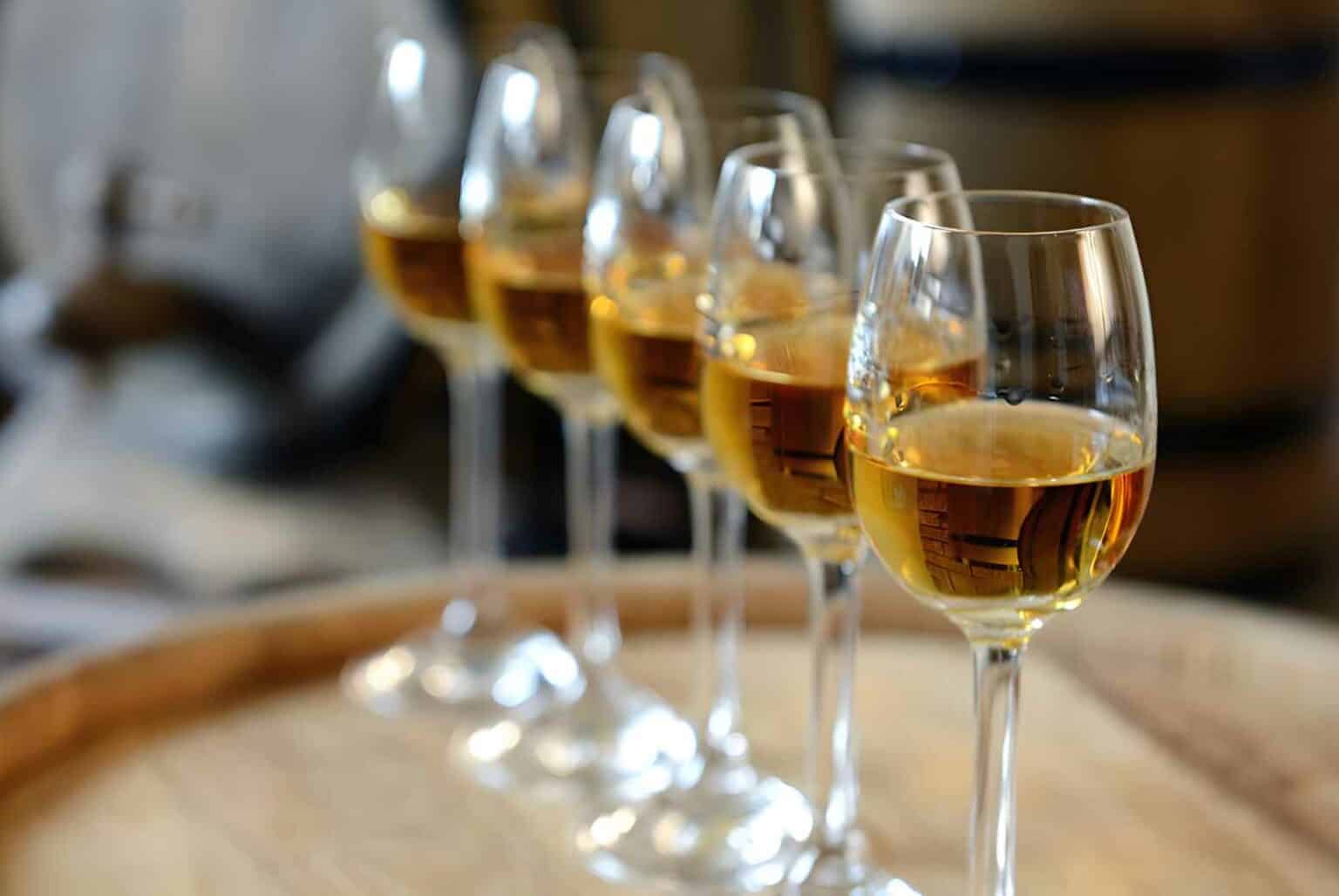
| Characteristic | Information |
|---|---|
| Regions | Jerez, Spain; Andalusia region |
| Dominant Flavors | Nutty, dried fruits, caramel |
| Sweetness | Ranges from dry to sweet |
| Tannin | Low |
| Acidity | Medium to high |
| Color | Pale gold to deep amber |
| Body | Light to full |
| ABV (Alcohol by Volume) | Typically 15-20% |
| Oak | Aged in oak barrels |
| Ageability | Can improve with age |
First thing, first. Let us answer what sherry wine is.
This wine is one of the oldest wines out there. It has a vast history that possibly dates even before the 1st Century BC. Its history has not been all sparkly and glittery, though. For a long time, it bore bad air around it. However, wine lovers are slowly (but surely) opening up to this wine and all its splendor today.
The sherry wine is a fortified wine from Spain. There are many types of this wine (which we will discuss later), but they all use white grapes. Pedro Ximenez and Moscatel are some of the varieties used for this wine.
However, it is the Palomino that most sherry wines use. As the sherry wine uses white grapes, most types are low on tannins. However, what it lacks in tannins, it makes up with the alcohol content. All sherry wines are highly alcoholic.
There is no definite description of the taste and texture of the sherry wine as there are many types of it. This wine used to be dry, but today it is better known as sweet. While it might be better known to be sugary today, it can still be dry.
So, whether you like your wine dry or sweet, you need not worry. The sherry can do both. On the other hand, the flavors can range from fruity to nutty to savory. We will go back to tastes and notes when we discuss the different types of sherry later. For now, let us talk about how this wine comes to life.
How Is the Sherry Wine Made?
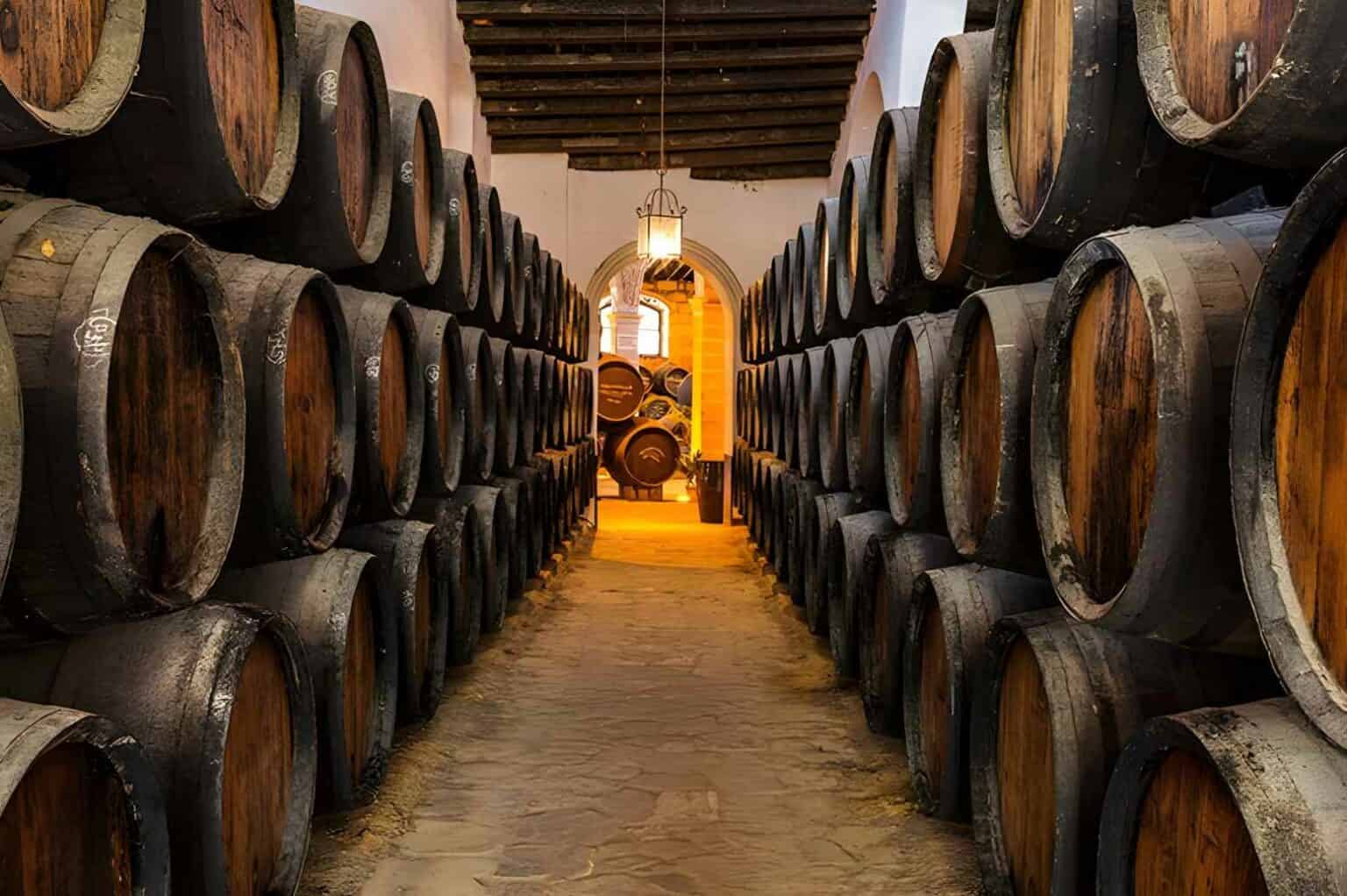
We now have an overview of the sherry wine. Next, let us delve deeper by discussing how to make it. How this wine comes to be is similar to how other wines come to life. Grape picking, fermenting, maturation, and all that jazz. However, two things are essential to note in how sherry wines come to be.
The sherry wine goes under a unique system known as the solera y criadera. (Sometimes also referred to as the solera method.) Simply put, this system mixes different ages of wine in an orderly way.
The idea is when part of the oldest wine is up for bottling, it will be extracted and replaced with wine from the next aged batch. This replacement process goes on until it reaches the newest set.
Aside from this unique process, yeast also plays an essential role in how this wine comes to life. While yeast is a substance added to most wines, it plays a vital role in sherry wines, as you will see in the next part.
Types of Sherry Wines
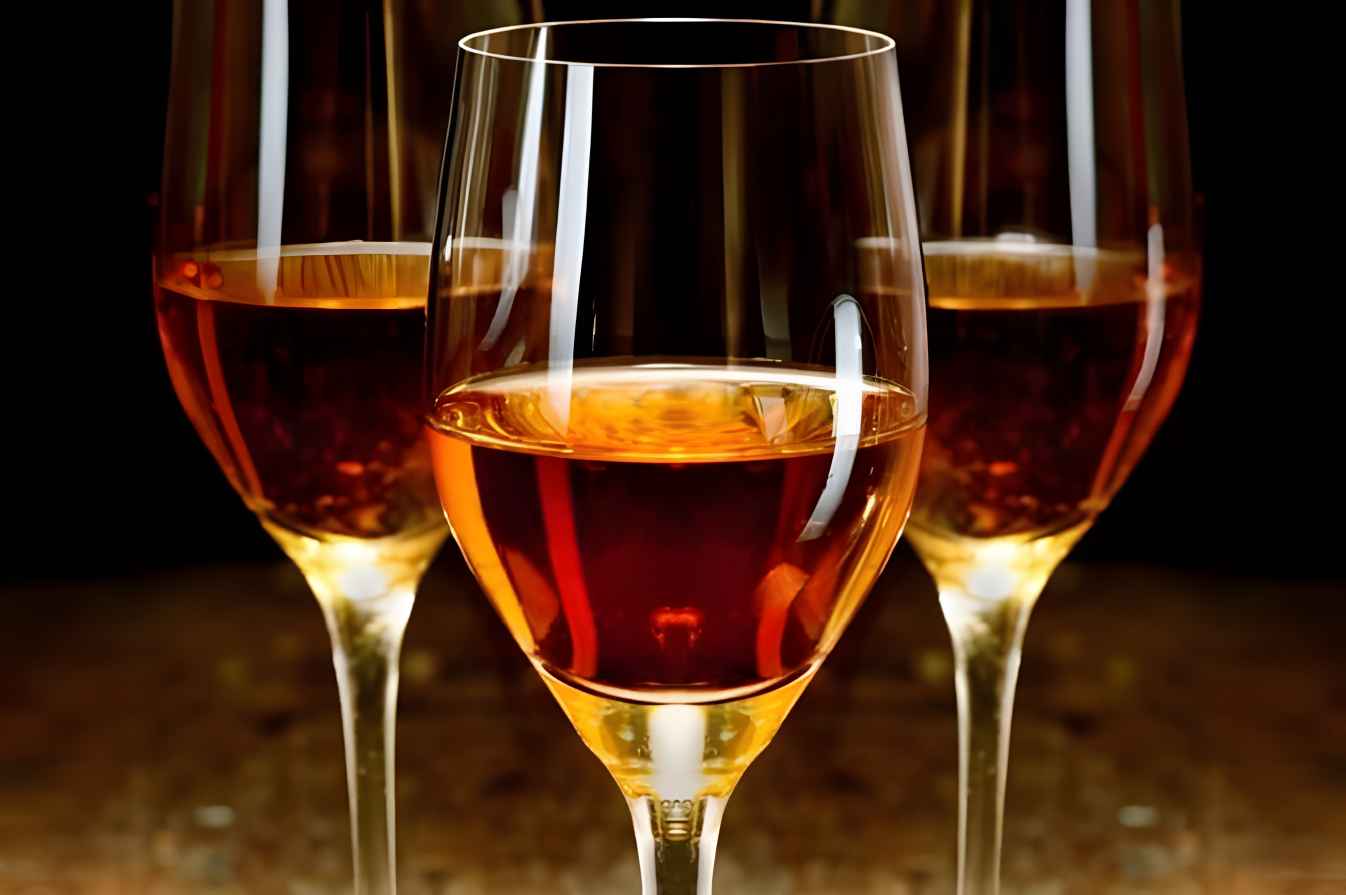
To get to know sherry wines better and how yeast plays a vital part in bringing them to life, let us show you some examples of sherry wines.
Fino: This one is the most common, driest, and palest of all the sherries. It usually has around 16% alcohol and gives tastes of almonds and herbs. It is a great salty food companion. This one always has a blanket of flor (dead yeast cell) in its stay in the barrels.
Manzanilla: This one is a type of fino and is the lightest of all. It usually has around 16% alcohol and can remind you of chamomiles. It is ideal with raw seafood (e.g., sushi and sashimi). Like fino, this wine spends its time under flor in the barrels.
Manzanilla Pasada: This one is similar to the one above. However, it is aged longer.
Amontillado: This one has around 18% alcohol. It has a caramel-like flavor and pairs well with an array of meats. This one starts with a flor blanket, but after some time, the flor breaks down, exposing the wine to oxygen.
Oloroso: This one has the highest alcohol content and offers an interesting flavor of dried fruits and caramel. It can have an alcohol content as high as 22%, and it pairs well with rich food. This one starts with a layer of flor too, and it also breaks down in the making of this wine. However, unlike the amontillado, the flor is intentionally broken with the oloroso.
Palo Cortado: This one is rare. It has around 18% alcohol and is best when taken alone. This one offers a caramel-like flavor with a toffee finish. Like the amontillado and oloroso, it starts with a flor blanket that it later loses.
There are other sherry wines out there, but we hope these examples helped you understand sherry wines in general and how yeast plays a vital role in this drink. However, did you know that sherry wine is not only for drinking? Let us talk about the ways you can enjoy sherry wine next.
The Many Ways to Enjoy Sherry Wine
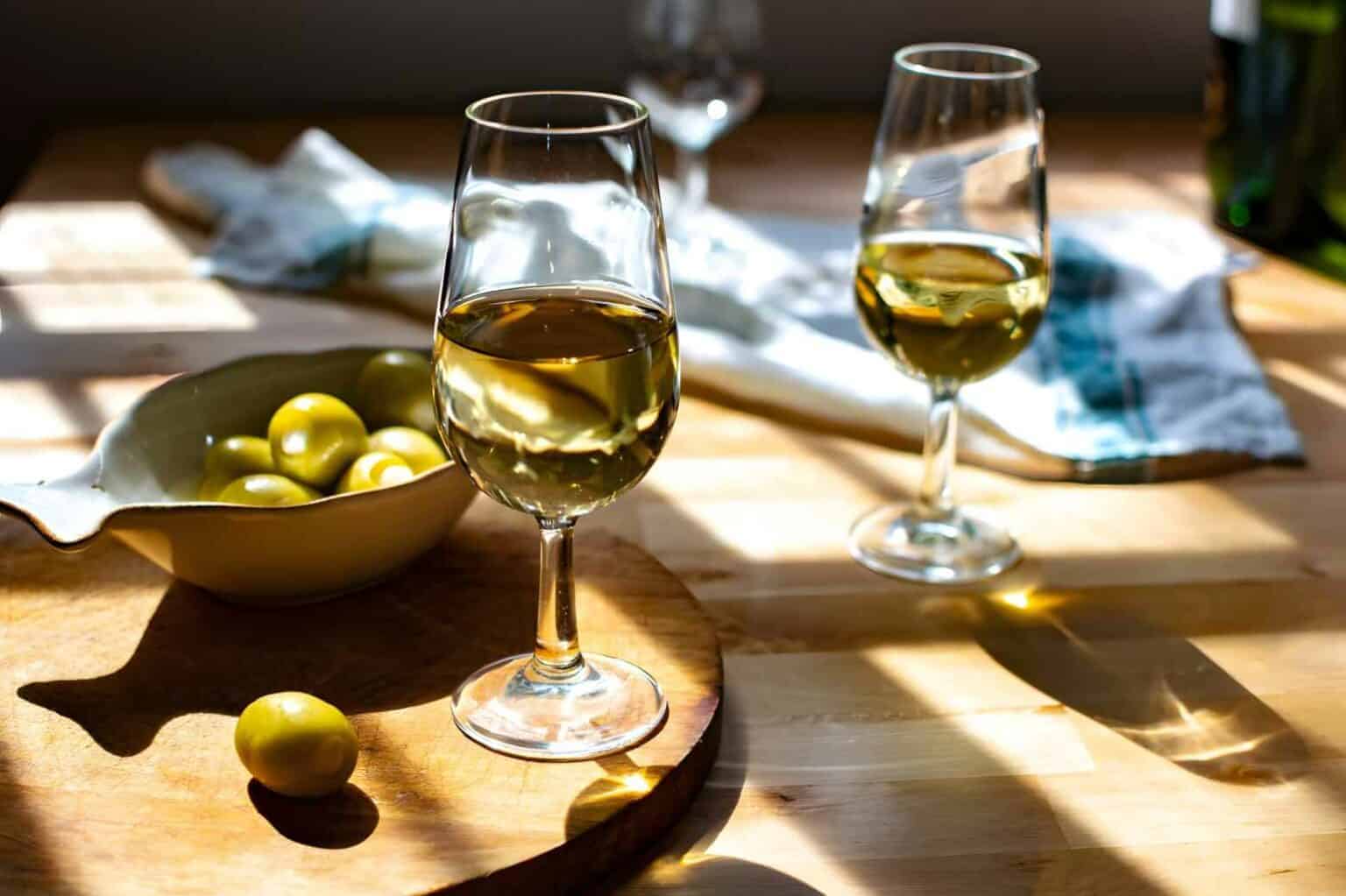
It is no secret that sherry wine can be enjoyed alone or paired with food. However, that is not the only way one can enjoy this wine! For one, while you can enjoy drinking some sherry wine with your meals and snacks, you can also use them to make some delicious dishes!
If you want to use some sherry for cooking, there is specifically a sherry cooking wine for the job. You do not want to try drinking sherry cooking wine, though. It is high in sodium and can cause health problems if you drink it! On the other hand, you can use some sherry drinking wine for your dish.
Now, if you are interested in making some sherry wine dishes, here are some recipes you might want to try out:
Creamy Sherry Chicken: If this is your first time using some sherry wine in your dish, this recipe is a good one to start with. It is easy and yummy. What more can one ask for in a meal?
Steak Au Poivre with Sherry Mushroom Cream Sauce: If you are not up for some chicken or just want something a little fancier, this recipe might do the trick. This one can be a lovely dish for date night.
Seared Scallops with Sherry Cream Sauce: On the other hand, if you are in the mood for some seafood, you might want to try this recipe out. This one is best enjoyed alone.
On the flip side, you can use some of the sweeter sherries in exchange for your chocolate or caramel syrups on top of your ice cream!
How to Serve Sherry Wine?
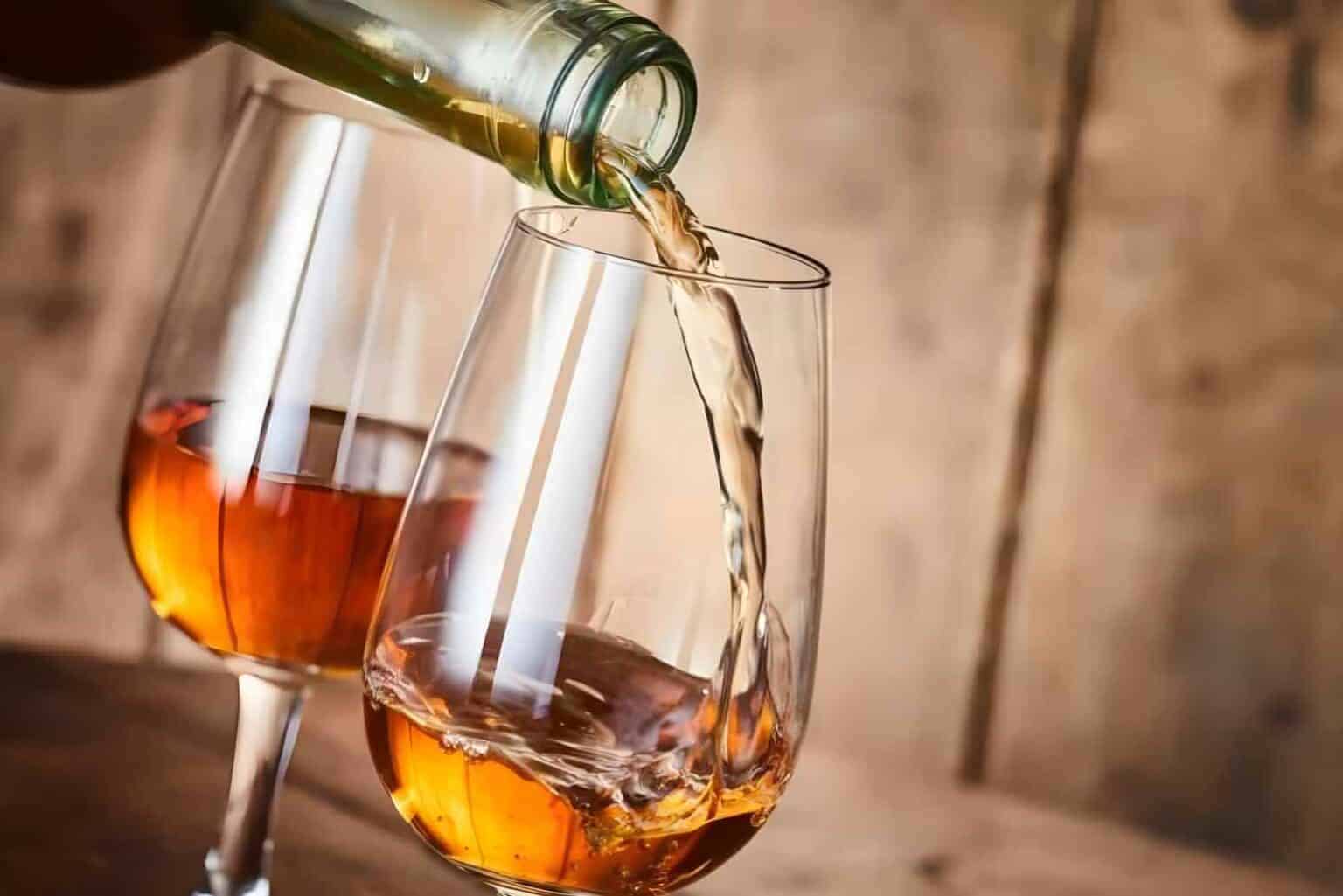
While one can enjoy sherry wine in many ways, many would likely agree that drinking it is still the best way to do so. With that, let us discuss the proper way to serve it so you can get the best out of each bottle.
First, while a standard pour is 5 oz, you only want 3 oz of sherry wine at a time. Additionally, you want to serve light sherries chilled. On the other hand, you want to put out the darker ones at around 56° F.
How to Store Sherry Wine?
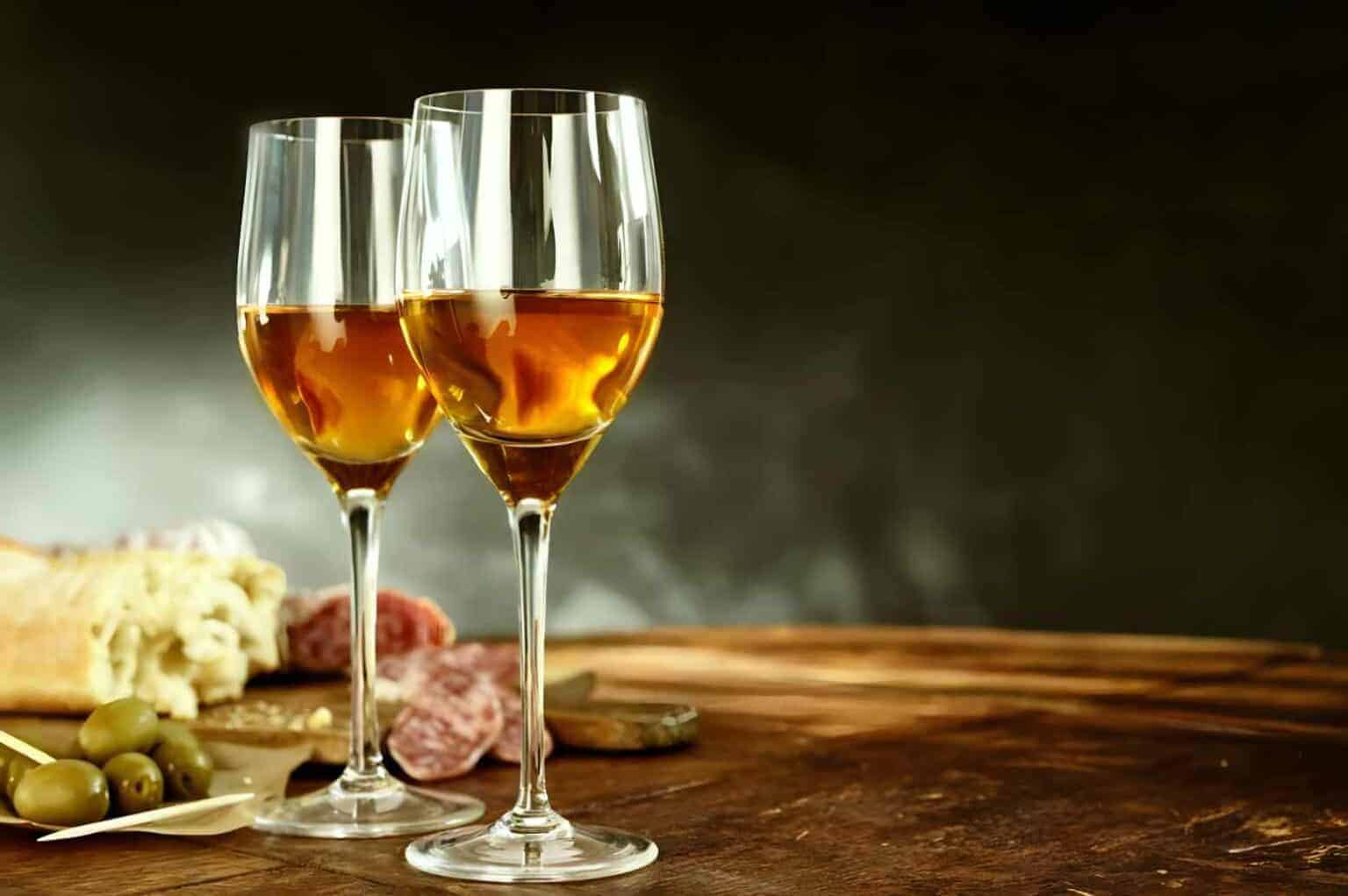
Did all that sherry wine talk get you craving for some? Well, you might want to know how to store this wine before you go and get one! Storing sherry wine is similar to how you keep other wines. You want to keep it out of sunlight or any light as much as possible.
Additionally, you should not place it where it is too hot or cold, and the temperature keeps going up and down often. As with other wines, temperature plays an essential role in keeping your sherry wines at the top of their game.
Finally, you want to keep them upright instead of the usual way of keeping wines on their sides.
An unopened bottle can last for a few years. However, an open one can only last for a few weeks to a few months. If you open a bottle of sherry, it might be best to finish the whole bottle immediately.
Summary
What is sherry wine? Today, we answered this question and so much more!
First, we discussed the basics of sherry wine and learned it is a fortified wine from Spain that is often low in tannins but high in alcohol. After that, we talked about how winemakers bring this wine to life. Here, we discussed the roles of yeast and the solera method in this wine.
Next, we discussed the types of sherry wines and the many ways one can enjoy this wine. Finally, we talked about how to serve and store sherry wines.
We hope we can be of service to you today with your wine worry. If you have other wine problems and concerns, do not hesitate to give us another visit! Cheers!
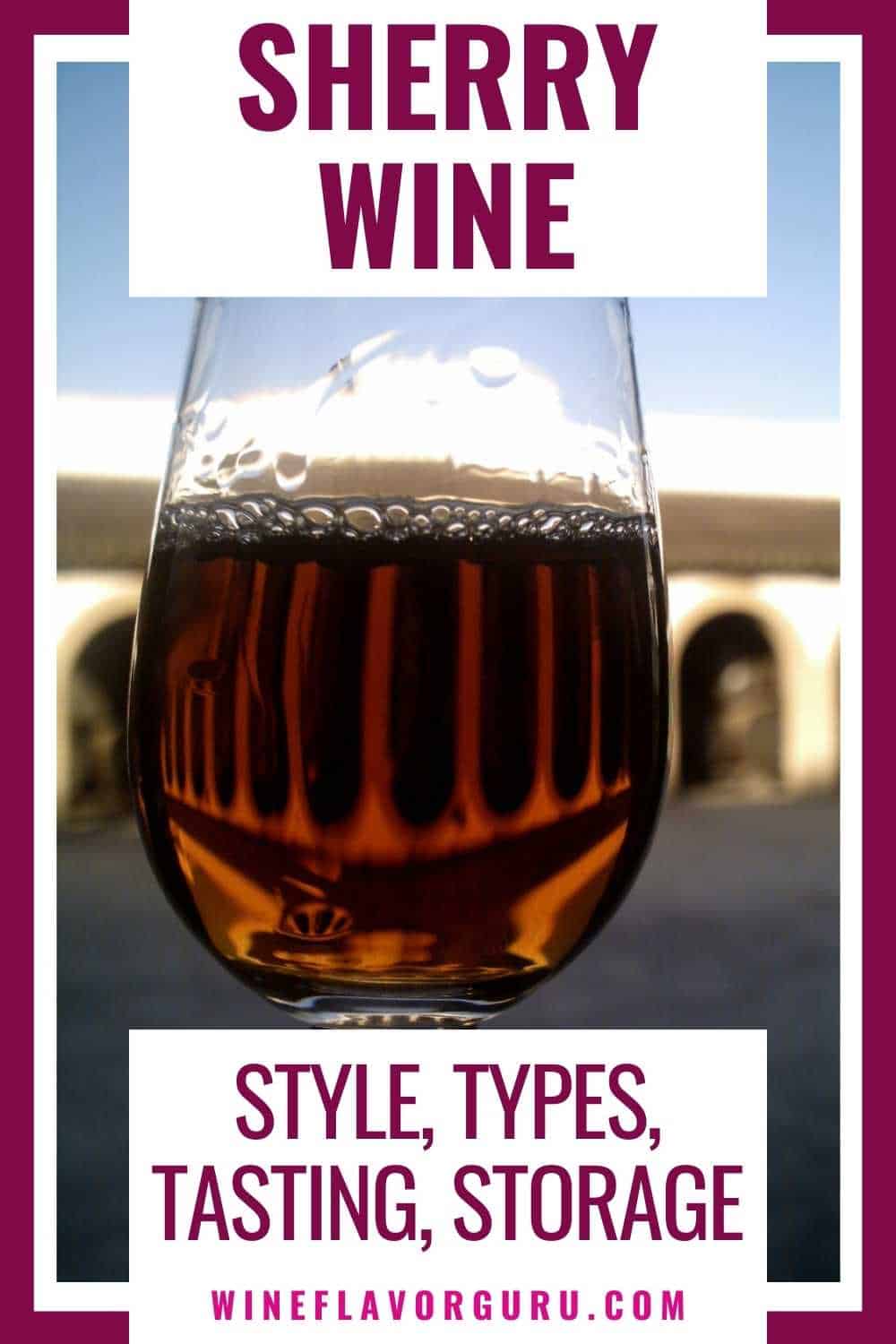

George Moore, co-founder of Wine Flavor Guru, is a charismatic entrepreneur with a rich background in California’s wine industry. Alongside Sylvia, he transformed a Sonoma County vineyard into a source of premium wines. George’s expertise in sourcing exceptional grapes and his approachable style make wine appreciation both accessible and engaging.
